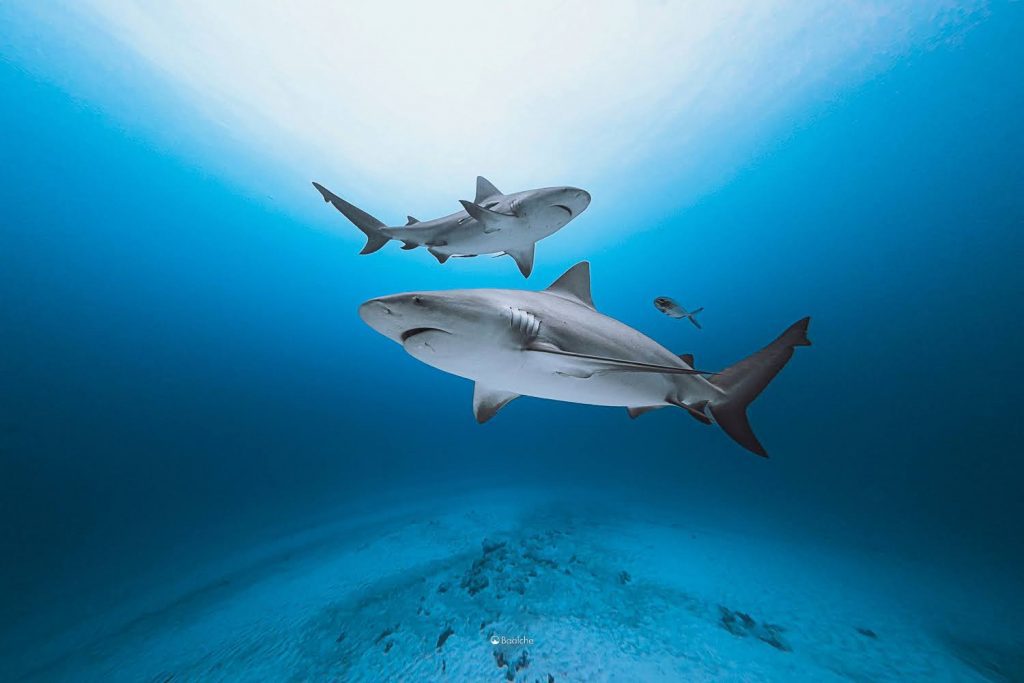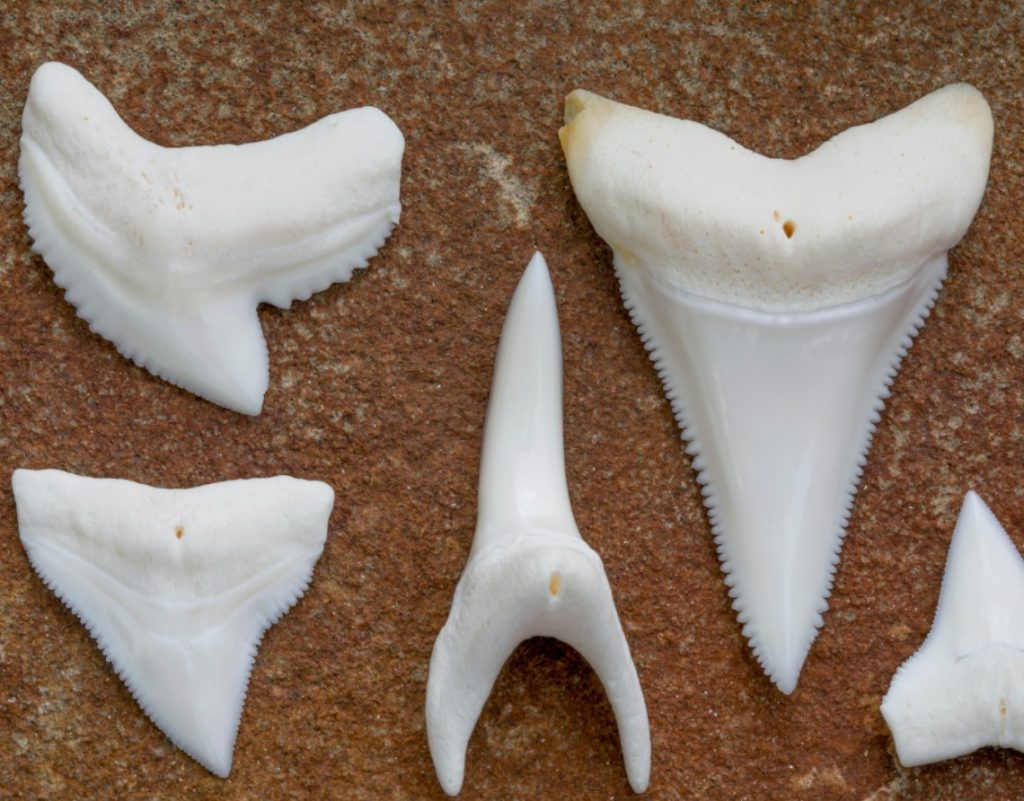The essence of diversity and equality in research extends far beyond mere numerical balance. It is the infusion of varied experiences, perspectives, and ideas that fosters an environment conducive to groundbreaking discoveries and sustainable solutions. Despite the acknowledged importance of Science, Technology, Engineering, and Mathematics (STEM) fields to national economies, achieving gender equality in STEM remains a challenge for the majority of countries, regardless of their developmental stage.
Our women-led team exemplifies the transformative power of inclusion in research. Dive into the depths of inspiration as we uncover the heartfelt stories that shaped the careers of our remarkable scientific team on this International Day of Women and Girls in Science.
What inspired you to pursue a career in science and conservation?
Rachel Graham – Founder and Executive Director
“I am curious about everything, always have been, always wanting to know how things work. Coupled with this burning curiosity is my love of misunderstood and marginalized animals from as long as I can remember, the bats, piranhas, sharks, snakes that people generally revile but we have come to discover are now increasingly endangered.
Pooling the two led me to delve into science, both terrestrial and marine to answer key questions about species and processes. Highlights of my career have been uncovering the mysteries of the biggest fish, the whale shark and subsequently building the structures of stewardship in several countries and cultures to promote better understanding and conservation of sharks and other large marine creatures.”
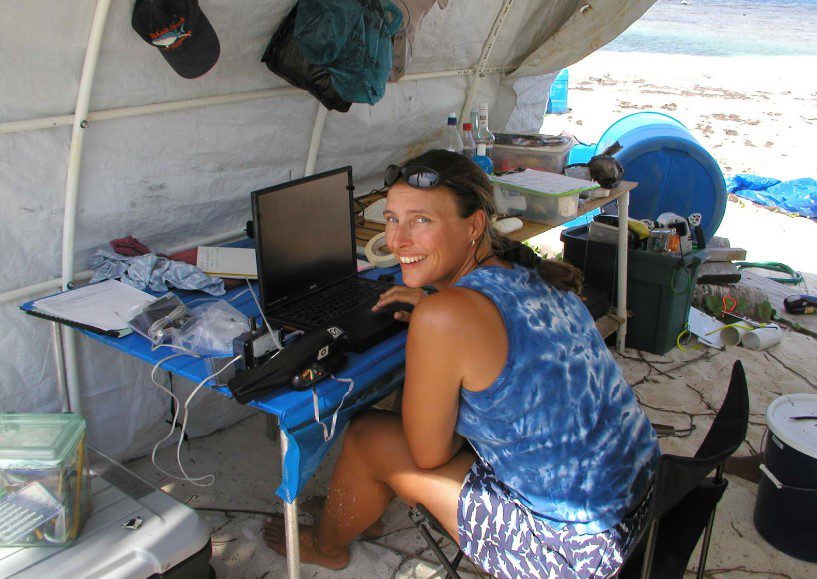
Ivy Baremore – Technical Coordinator, Honduras
“When I tell people I am a marine biologist, a very common reply is ‘Oh that’s what I wanted to be when I was a kid!’ Most people grow out of it, but I never wanted to do anything else. Well, to be fair, I wanted to be a ‘marine biologist artist*’ for a while when I was around 5, but those hopes were quickly dashed by my extreme lack of artistic talent. I still can’t draw a fish. Funnily enough, science and math were never my best subjects at school, and I much preferred language and literature courses, but I always wanted to be in the water. Although I faced challenges with math and chemistry during my school days, I discovered that numbers can truly communicate when applied to a subject one is passionate about. While a significant portion of my current job involves computer screens, the sea remains my primary source of inspiration.”
*Yes, scientific illustration is a real job!
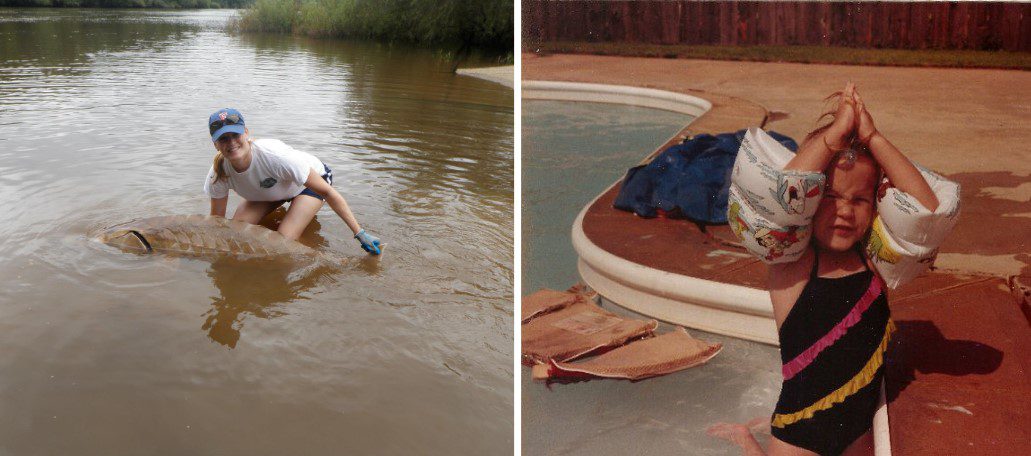
2) Clearly, my fascination with sharks began at a very young age.
Daneira Brown – Education and Outreach officer, Guna Yala, Panama
“Since my childhood in a Guna community, I have been fortunate to live immersed in an environment where the sea is essential in everyday life. My indigenous roots have allowed me to have a close relationship with the sea, forging a close bond with the ocean through activities such as fishing, sailing and the importance of respecting and preserving our marine environment. I have witnessed the beauty of coral reefs, the vitality of mangroves and the diversity of marine species, but also the ecological challenges we face, such as pollution and habitat degradation.
These experiences have awakened in me an early awareness of the need to address environmental problems and seek sustainable solutions. The belief that we can improve our interactions with ecosystems motivates me to constantly explore, contribute and learn.”
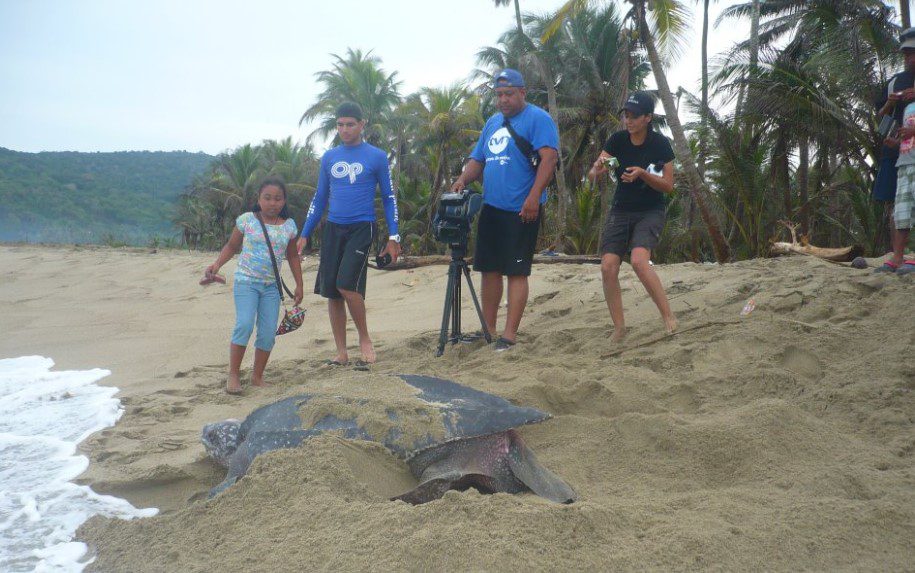
Kirah Forman-Castillo – National Coordinator, Belize
“My entire family has a love for the sea and naturally, that was passed on to me. My mom often tells the story of how I was in the sea from before I turned a month old. My father and grandfather were fishermen, and with a small off-the-grid family island, we would spend every vacation there, sometimes for weeks at a time. I had the opportunity to witness marine life up close, and I guess I secretly fell in love with it. Surprisingly, science wasn’t my first choice after leaving high school. However, somehow the lightbulb came on, and I knew that was the path I wanted to take. It’s interesting that all my siblings and I somehow chose career paths leading us towards the sea.
I secured my first job as a biologist with the Belize Audubon Society, where I was introduced to fisheries management, and that’s when it all started coming together. Fishing is in my blood, and contributing to the sector through science to support management is how I make my contribution.”
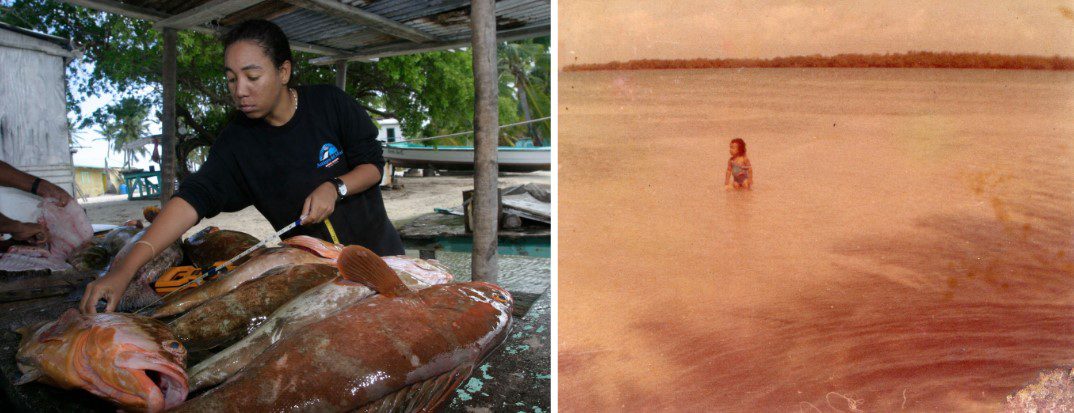
Clara Sabal – Research Officer, Belize
“In high school, deciding between arts, science, business, or technical fields arises after the first two years. The decision to choose the sciences was quite straightforward for me because they seemed to open up a world of possibilities, and I was certain that I didn’t want to be confined to a desk for the rest of my life.
The one dedicated class we had outdoors was agriculture, often conducted in the sweltering heat as we attempted to grow crops, with many attempts resulting in failure. When the time came to choose an undergraduate program, my mind drifted back to a memorable family trip to the cayes, specifically to Glover’s Reef Atoll, where I had my first encounter with sharks, albeit baby sharks. It was a new and fascinating experience for me. The memories of that trip lingered in the back of my mind, serving as a reminder that being outdoors in the sun could be less of a chore and more of an adventure, especially with the ocean nearby. This realization guided me toward a path of conservation, shaping the direction of my current endeavors.”
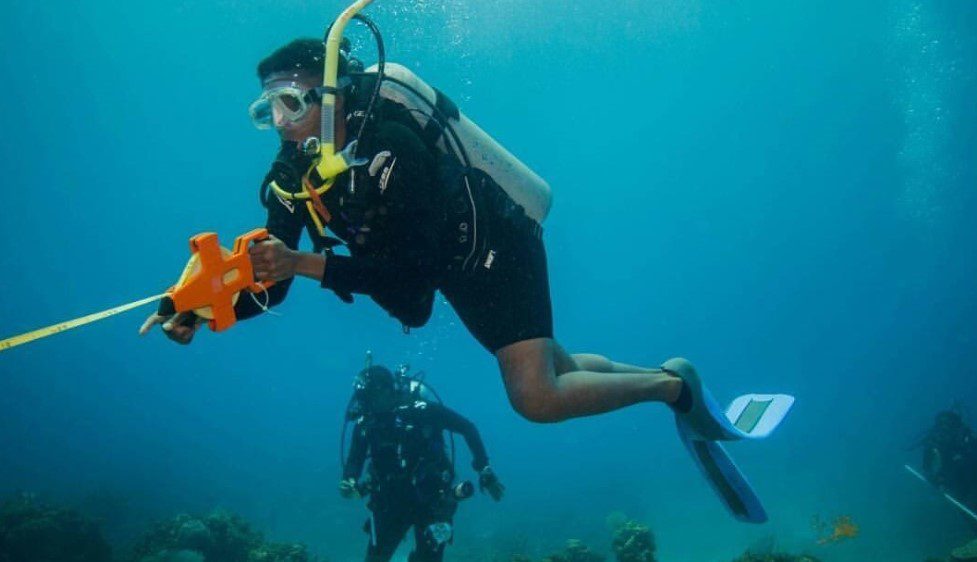
We hope to inspire the new generations of women scientists by sharing our team’s stories. We believe in empowering and nurturing local talents, providing a platform for them to contribute their unique insights to the broader scientific dialogue. This collaborative approach not only strengthens our research but also creates a lasting impact within the communities we engage with.
